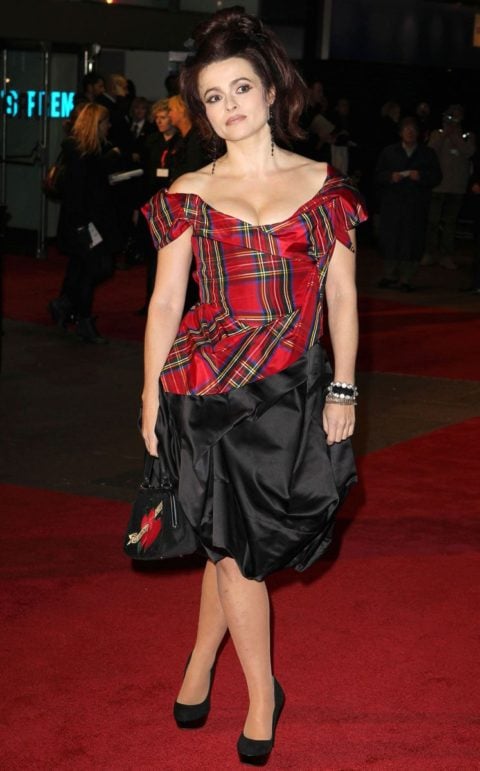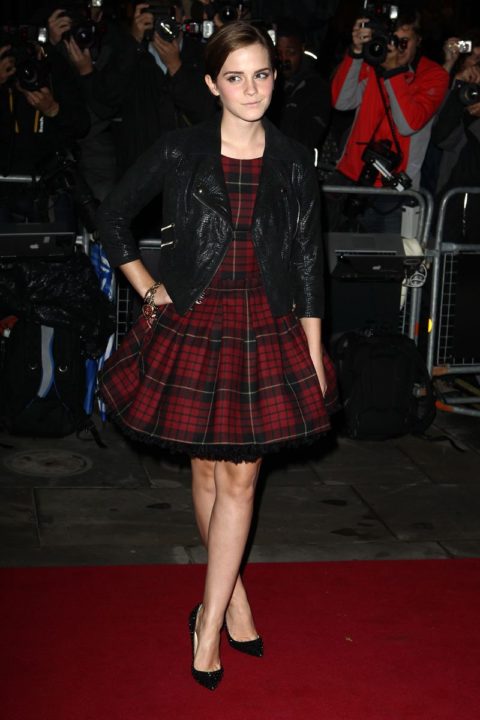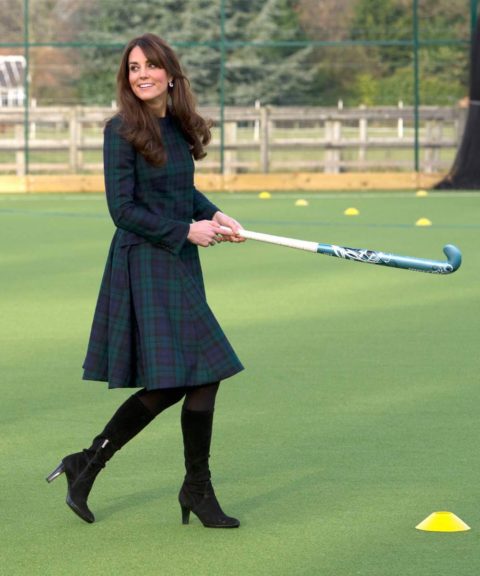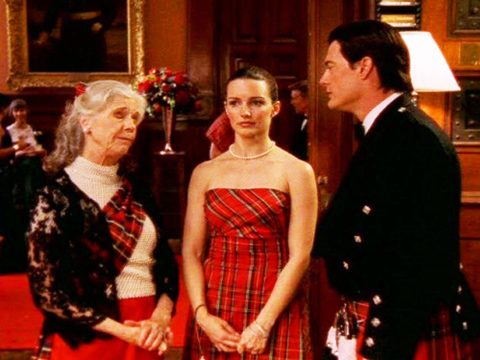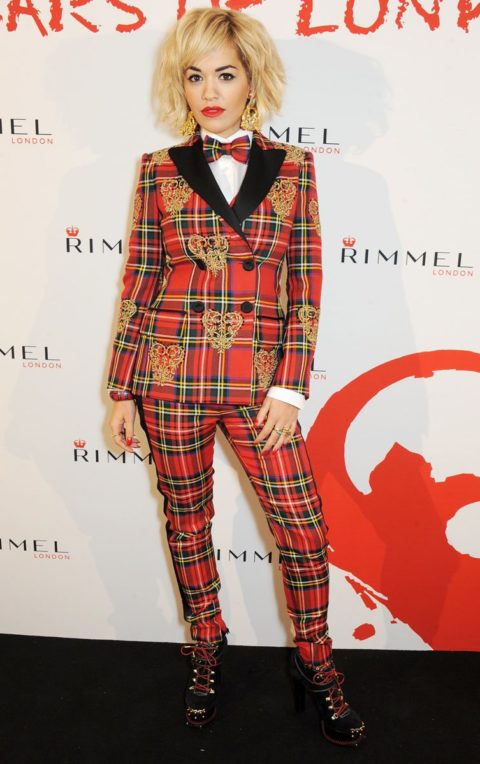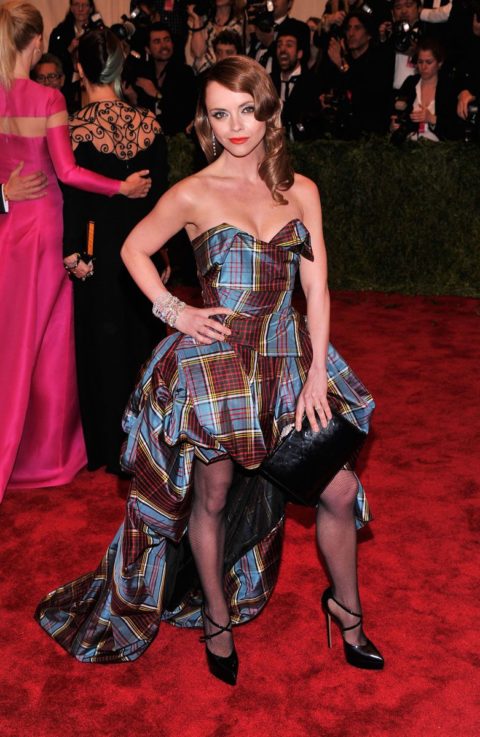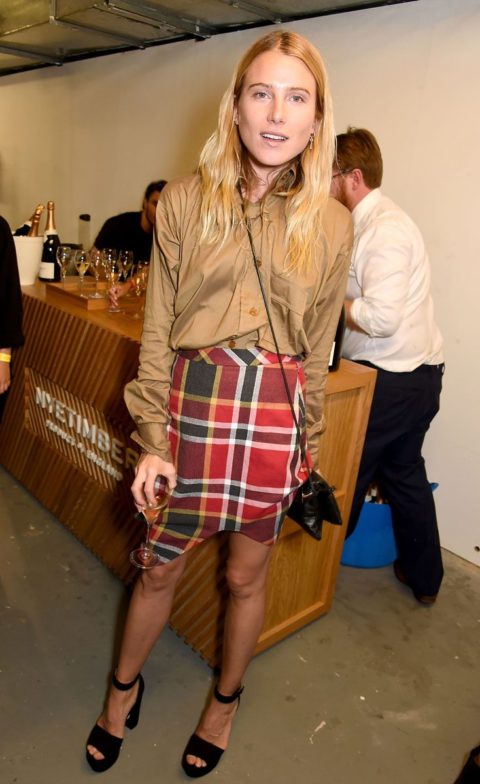10 reasons we are still living for the tartan trend

I am not, nor will I ever be, Scottish—it is one of the greatest disappointments of my life. I’ll never be able to roll my Rs or drink Scotch without silently screaming inside. Yet, I’ve always had an affinity for the wild, sprawling plains of heather-clad Scottish moors (in my youth, and before Mel Gibson was certifiably insane, I would daydream about a handsome Highlander charging in on valiant steed and sweeping me off my feet, à la Braveheart). These days, I get my Gaelic fix from the obsession-inducing Outlander series, which (thankfully!) is returning to TV this Saturday after nearly a year of torturous anticipation.
In a twist that allows me to casually sneak mentions of the show into literally every conversation I possibly can, today also happens to be #NationalTartanDay, marking the signing of Scotland’s declaration of independence, circa 1320. The tartan, a traditional woollen fabric woven in checkered or striped (plaid) patterns, is a symbol of Scotland’s highland heritage, and one that is a favoured source of inspiration for UK designers in particular. From red carpets appearances on British darlings like Emma Watson and Rita Ora, to Charlotte’s iconic “Highlander Fling” dress in Sex and the City, tartan has long been a part of fashion’s historic vernacular. Sure, men in kilts may have a certain inexorable allure, but we can’t let them have all the fun, now can we? Browse the gallery below for a our favourite lassies decked out in tartan throughout the years.

